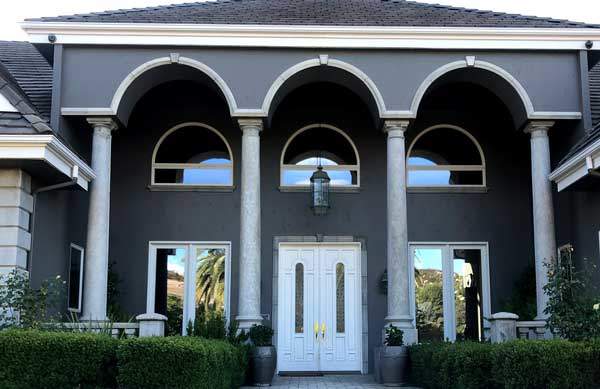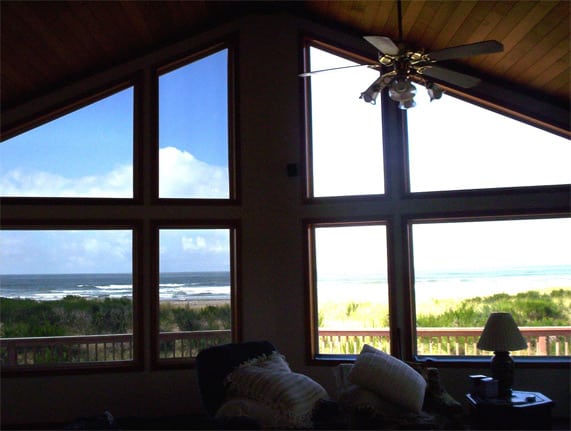Residential Window Tint: Improve Comfort and Decrease Glare Indoors
Residential Window Tint: Improve Comfort and Decrease Glare Indoors
Blog Article
Just How Residential Home Window Tinting Enhances Your Home's Energy Effectiveness
Residential window tinting offers a compelling solution for house owners looking for to boost power effectiveness within their home. By applying specialized films to home windows, it efficiently minimizes warm transfer, therefore maintaining interior temperature levels and decreasing the requirement for too much heating or air conditioning. This not only stops power consumption however also supplies a much more comfortable setting by alleviating glare. Nevertheless, understanding the nuances of exactly how tinting jobs and picking the suitable type for your home can be pivotal. Curiously, what factors should one consider before making this investment?
Understanding Home Window Tinting
Understanding window tinting is necessary for property owners looking for to improve both convenience and energy effectiveness in their space. Residential Window Tint. Home window tinting includes the application of a slim film to the interior or outside surface of glass windows. This movie can considerably regulate the quantity of sunshine and warm that enters a home, thus influencing indoor climate problems
There are various kinds of home window tinting films available, each with unique properties. The efficiency of window tinting is often determined by its Visible Light Transmission (VLT) percentage, which suggests exactly how much light can pass through the film.
Benefits of Power Performance
Window tinting not just boosts looks yet also plays a substantial function in improving power performance within residential rooms. By minimizing heat transfer with windows, tinted films develop a more secure indoor environment, which can bring about considerable reductions in power usage for heating & cooling. This energy efficiency converts right into lower utility bills, supplying home owners with substantial long-term cost savings.

In addition, home window tinting boosts the comfort of living rooms. By reducing glow and obstructing unsafe UV rays, tinted windows create a more pleasurable environment, which can lead to boosted wellness for passengers. The protection versus UV rays likewise helps maintain furnishings and floor covering from fading, adding to the long life of family items.
Just How Tinting Functions
Tinting films run through a mix of sophisticated products and modern technologies created to control the quantity of solar energy getting in a home. Mainly made up of polyester, these films typically include ceramic or metal bits that reflect and soak up warm. This double capacity allows them to considerably minimize the penetration of ultraviolet (UV) rays and infrared radiation while permitting noticeable light to pass through.
The efficiency of home window tinting is measured by its solar warm gain coefficient (SHGC), which shows exactly how much solar power is transferred via the window. Lower SHGC worths are more suitable as they signify better heat being rejected. Additionally, home window colors can feature a range of tones, allowing house owners to personalize their visual choices while boosting energy effectiveness.
In addition, these films function as an obstacle, protecting against heat loss during cooler months by showing interior warmth back right into the living room. This thermal blog here insulation result matches the cooling advantages gotten throughout warmer months, adding to a balanced indoor climate year-round. By handling solar power efficiently, household home window tinting not just enhances convenience but additionally plays a vital role in reducing energy usage and decreasing utility costs.
Selecting the Right Color

There are various sorts of home window movies readily available, consisting of colored, metalized, and ceramic. Colored films are cost-effective but may have this hyperlink limited durability. Metalized films supply better warm being rejected however can hinder digital signals. Ceramic films supply exceptional warmth control without compromising visibility and are highly sturdy, making them a prominent selection.
Noticeable light transmission (VLT) is an additional essential factor, as it suggests the amount of natural light that can travel through the colored glass. Home owners should select a tint with a VLT that matches their lights preferences while still offering sufficient glare reduction.
In addition, assessing the solar heat gain coefficient (SHGC) can aid determine how well a color can obstruct heat from sunshine. A reduced SHGC suggests much better warm control, inevitably boosting power performance.
Installation and Upkeep Tips
Correct installation and upkeep are important parts in maximizing the benefits of domestic window tinting. Specialists additionally make use of specialized methods and devices, which can boost the longevity and effectiveness of the color.
Following installment, upkeep is important to prolong the life of the home window movie. It is advised to wait at the very least thirty days prior to cleaning the tinted windows to permit the sticky to cure totally. When cleaning, make use of a soft cloth and a mild, ammonia-free cleaner to avoid harming the film. Prevent rough materials that can scratch the surface area.
Additionally, routine inspections are helpful. Look for any peeling or bubbling, which could show inappropriate installation or put on with time - Residential Window Tint. Resolving these problems without delay can avoid further damage and maintain power performance. By sticking to these installation and maintenance suggestions, home owners can guarantee their home window tinting continues to supply considerable energy financial savings and convenience for years ahead.
Verdict
To conclude, residential home window tinting works as an efficient remedy for improving energy effectiveness within homes. By reducing warm transfer and blocking hazardous UV rays, window films add to lower energy intake and enhanced indoor comfort. The selection of proper tinting products, in addition to correct installation and upkeep, additionally maximizes these advantages. Eventually, home window tinting stands for a lasting financial investment that not just lowers energy bills however likewise promotes a comfortable living environment throughout the year. investigate this site
Window tinting entails the application of a thin movie to the interior or outside surface area of glass windows. By minimizing warmth transfer through windows, tinted movies develop a more steady interior environment, which can lead to considerable decreases in power consumption for heating and air conditioning.The performance of window tinting is measured by its solar warm gain coefficient (SHGC), which suggests just how much solar power is transmitted through the window. By taking care of solar energy successfully, household home window tinting not just enhances comfort yet also plays a vital duty in decreasing power usage and reducing utility costs.
By minimizing warm transfer and obstructing damaging UV rays, home window films add to reduce energy intake and improved indoor comfort.
Report this page